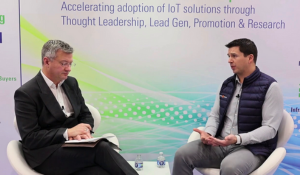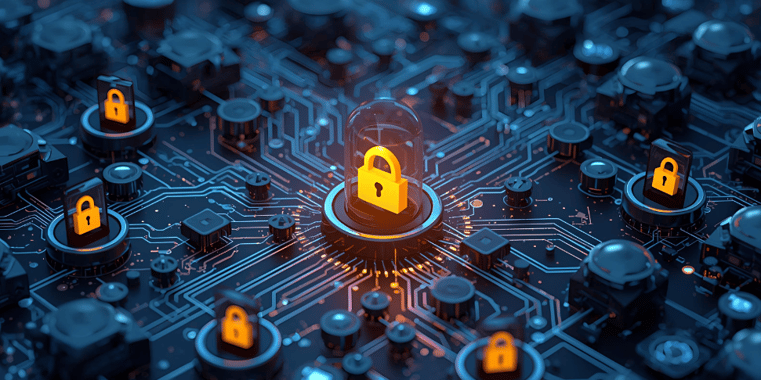Connectivity is what makes IoT devices powerful. It’s also what makes them vulnerable.
Every time a device adds Wi-Fi, Bluetooth, Zigbee, a mobile app, or a cloud API, it also adds another potential entry point for attackers. That trade-off is unavoidable: the same capabilities that drive adoption are the ones that increase exposure.
Once a device goes online, it’s no longer shielded by isolation. It becomes part of a global threat landscape where adversaries can probe from anywhere. I’ve tested products that included wireless protocols, cloud connections, web interfaces, and companion apps, each one a separate avenue to attack. It only takes a single overlooked interface to compromise the entire system.
Ecosystem-Level Risk
Most connected products don’t operate alone. They interact with other devices, applications, and platforms. That means a weakness in one product can quickly become a problem for an entire ecosystem.
In my own work, I’ve seen seemingly insignificant devices, like sensors, serve as the first step in breaching much more critical systems. Strong components can still be undermined by weaker ones they depend on. This makes manufacturers responsible not only for their own product’s security but also for how it behaves within the broader environment.
Consequences of Ignoring Connectivity Risk
Failing to address connectivity risks doesn’t just threaten individual devices; it puts entire ecosystems and businesses at risk. The consequences can be severe:
- Data Exposure: Insecure APIs and wireless links can leak sensitive data, from user credentials to medical or financial information.
- Device Takeover & Botnets: Attackers can hijack devices through weak interfaces, conscripting them into botnets like Mirai and launching DDoS attacks at scale.
- Ecosystem Breach: A single compromised device can become the stepping stone into enterprise networks, cloud accounts, or industrial control systems.
- Operational Disruption: Compromised devices can be bricked, disabled, or manipulated to disrupt services — with serious consequences in critical industries.
- Regulatory & Reputational Fallout: Regulations like the EU Cyber Resilience Act, CE RED, and the U.S. Cyber Trust Mark require manufacturers to secure all interfaces. Failing to comply risks fines, blocked market access, and lasting brand damage.
The Bottom Line
Connectivity is essential, but it comes with accountability. Every new feature must be treated as a potential attack path and secured as part of the whole system.
That requires more than encrypting traffic. It means validating cloud services, hardening mobile apps and APIs, and assessing the wireless protocols and physical interfaces that tie everything together. Without this holistic view, a connected device is only as secure as the least-protected part of its ecosystem.
Learn More 👉 Explore how Finite State helps manufacturers secure connected ecosystems from device to cloud.
Subscribe to Our Blog
Get the latest posts delivered straight to your inbox weekly.
Share this
You May Also Like
These Related Stories

The Human Element in Embedded Device Security: Insights from a Red Teamer

The Future of IoT Security: Conversations from CES 2025


